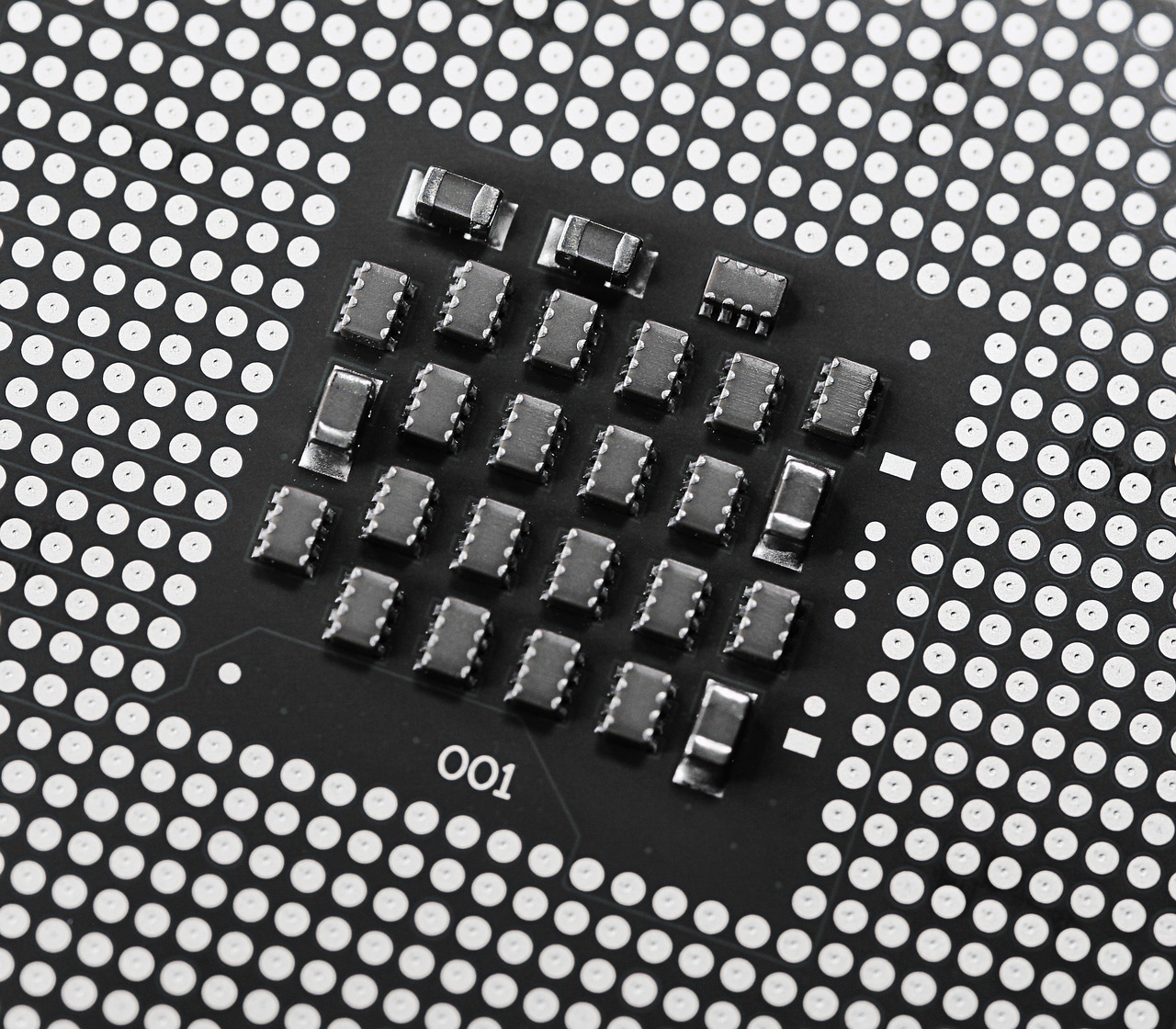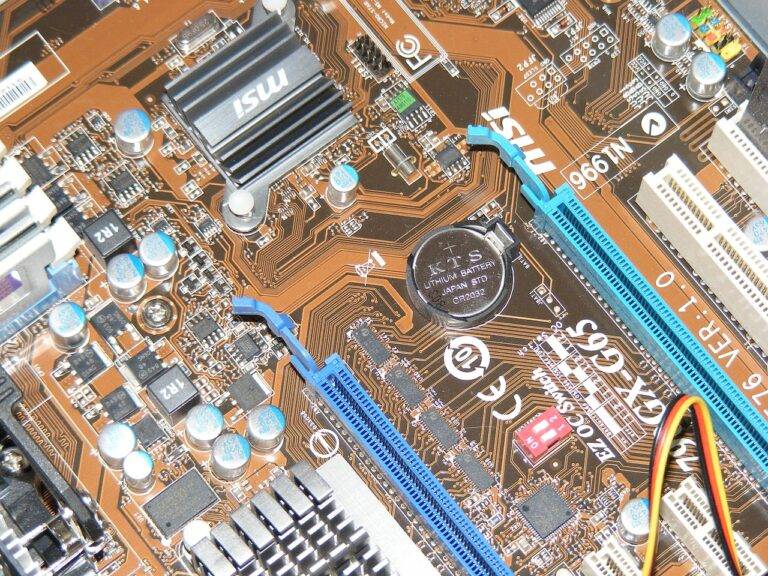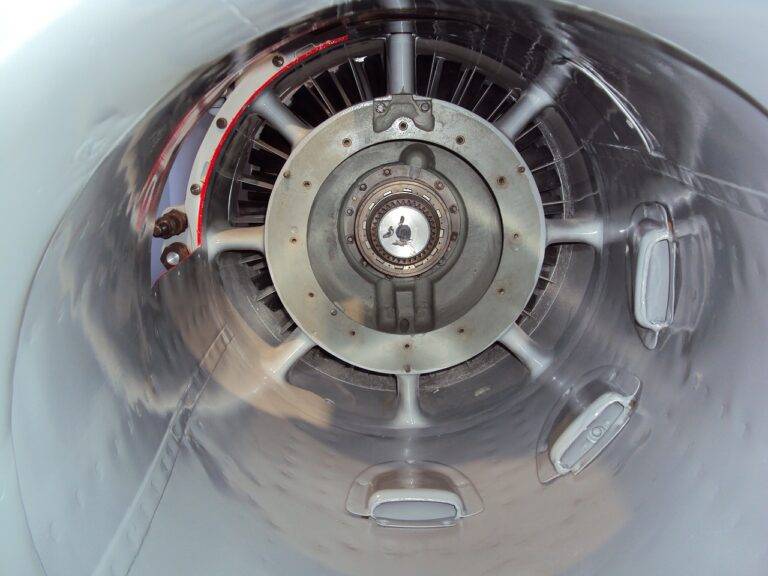Tech in Robotics and Automation: New Approaches and Applications
Implementing robotics and automation in various industries poses several challenges. One significant obstacle is the high initial investment required to adopt these technologies. Companies need to allocate a substantial amount of capital to purchase and set up robotic systems, which can be a deterrent for many organizations, especially small and medium-sized businesses.
Another challenge is the resistance to change from employees who fear that automation and robotics may lead to job losses. Workers may feel threatened by the idea of machines taking over their tasks and worry about their job security. This resistance can hinder the successful integration of robotics and automation in the workplace, requiring clear communication and training to address these concerns effectively.
Recent Innovations in Robotics and Automation
In the field of robotics and automation, recent innovations have been focusing on increasing efficiency and precision in various industries. One notable advancement is the development of collaborative robots, also known as cobots, which are designed to work alongside human workers to improve productivity and safety. These cobots are equipped with advanced sensors and algorithms that allow them to perform tasks with high accuracy while ensuring the safety of their human counterparts.
Another significant innovation in robotics and automation is the integration of artificial intelligence (AI) and machine learning algorithms. By combining these technologies, robots are becoming more adept at adapting to changing environments and learning from their interactions. This has led to the emergence of autonomous robots that can make decisions in real-time, optimizing processes and improving overall performance in industries such as manufacturing, healthcare, and logistics.
What are some of the challenges in implementing robotics and automation?
Some challenges include high initial costs, the need for specialized training for employees, potential job displacement, and the integration of new technologies with existing systems.
What are some recent innovations in robotics and automation?
Recent innovations include collaborative robots (cobots) that work alongside humans, advanced artificial intelligence for decision-making, autonomous vehicles for logistics and transportation, and the use of machine learning for predictive maintenance.
How can companies benefit from implementing robotics and automation?
Companies can benefit from increased efficiency, improved safety for workers, higher productivity levels, reduced operational costs, and the ability to scale operations quickly in response to market demands.
Will the implementation of robotics and automation lead to job losses?
While some jobs may be replaced by automation, new opportunities for skilled workers will also be created in areas such as robot maintenance, programming, and system integration.
How can businesses overcome the challenges of implementing robotics and automation?
Businesses can overcome challenges by investing in employee training, conducting thorough cost-benefit analyses, considering the long-term benefits of automation, and gradually phasing in new technologies to minimize disruption.





